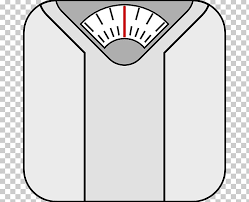This is an excellent article highlighting both sides of the divide…
- on one side, the classical Physical Activity Level view that we can add up exercise calories from the Compendium Of Exercise Activities in the same way as we add up calories in; and
- on the other, observations and some controlled studies that show that exercise calories eventually settle down to be in a relatively constrained range, or at least far diminished from what the caloric estimates of the activity say that they should be
Starting from 298 lb, about 135 kg, I walked for exercise and when MyFitnessPal awarded calories for that exercise, I ate them. Despite eating them, I lost weight at the predicted range and sometimes better than the predicted rate in MFP profile.
But after 9 months, it was apparent that all of that walking was paying off less and less. In part, it made sense, because I was walking around a much smaller body by then (having lost 105 lb or about 45 kg). But now, 9 years later, my exercise which has remained active moves the needle slightly. My present day TDEE and my calculated TDEE for a sedentary body with my stats are very nearly the same.
Of course, moving around burns more calories than not moving at all. The constrained model does not argue that. It’s simply indicates that there are compensatory shifts in energy that result in a overall calorie output that is far less than we think it ought to be based on our calculators and our fitness watches.
None of this should be interpreted to say that we should not exercise for our body’s fitness and health. And like I said up top, it did help me during the weight loss phase as far as I could tell. We certainly cannot diet our body strong, and exercise can even function as an appetite suppressant. Many of us have already been looking at these exercise calories reported by our wearables with some huge grain of salt. This article explains why.



I consider sport and working out to be really helpful for weight loss, primarily for its positive impact on my mental health, which in turn, also helps me to keep up a healthy and restricted diet.
I realize already that the same distance in swimming/running burns fewer calories than when I did them in a less-trained state, which is why my aims are now time-based (45 minute swim, 1h walk, etc.).
A typical mistake people who start to count calories make is to select in the TDEE calculator an active lifestyle and then adding the workout calories on top, which kind of means they are added twice when in reality they need to be accounted for only once. So I decided to pick “sedentary”, even though I work out. Then all workout burnt calories may help in losing weight a little faster, but I don’t risk to plateau due to overeating / wrong estimated calories for a workout.
Also, I do think a lot of advice in dieting should probably distinguish between
What works to shed a few pounds may not work to lose 40kgs.